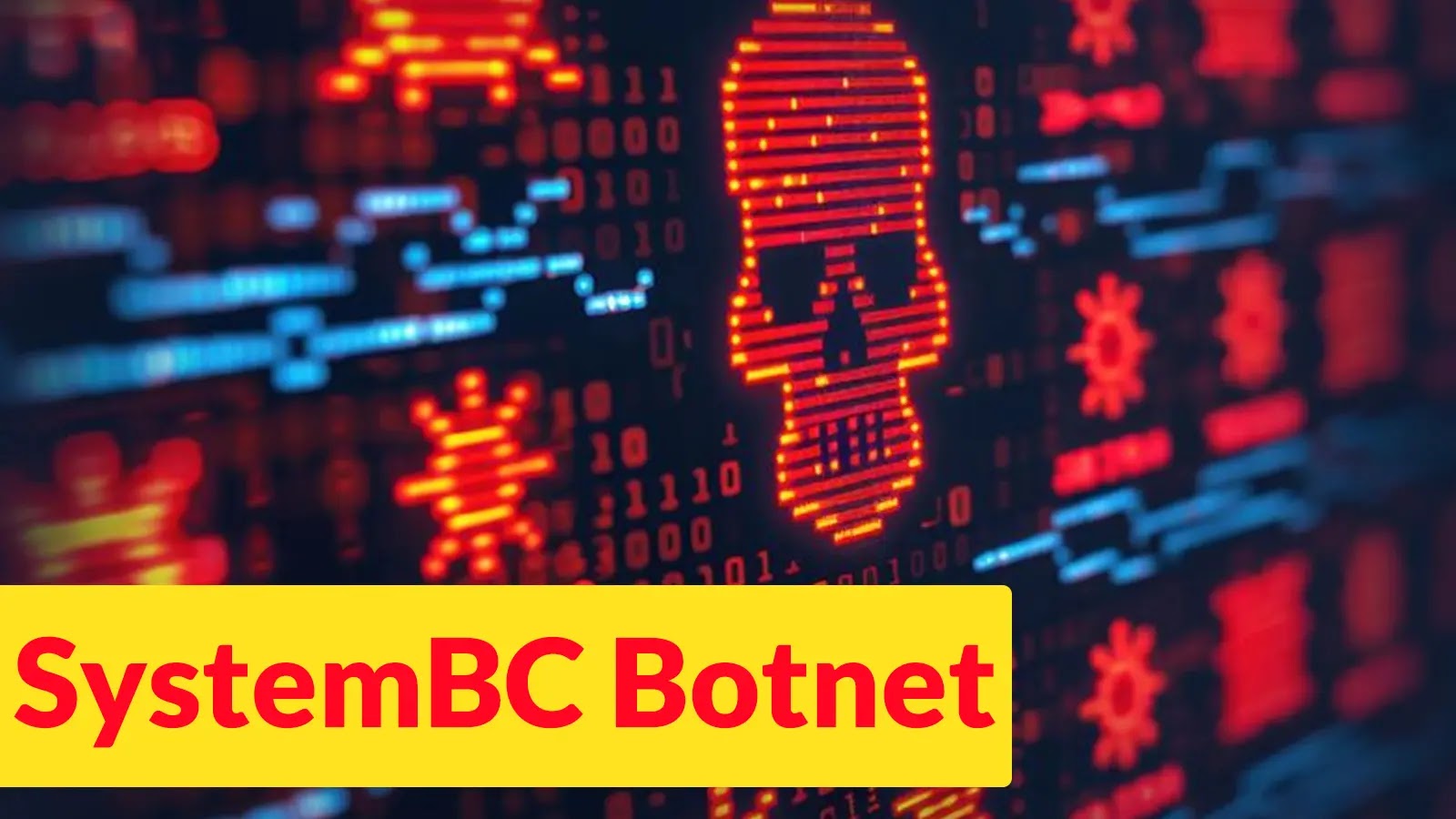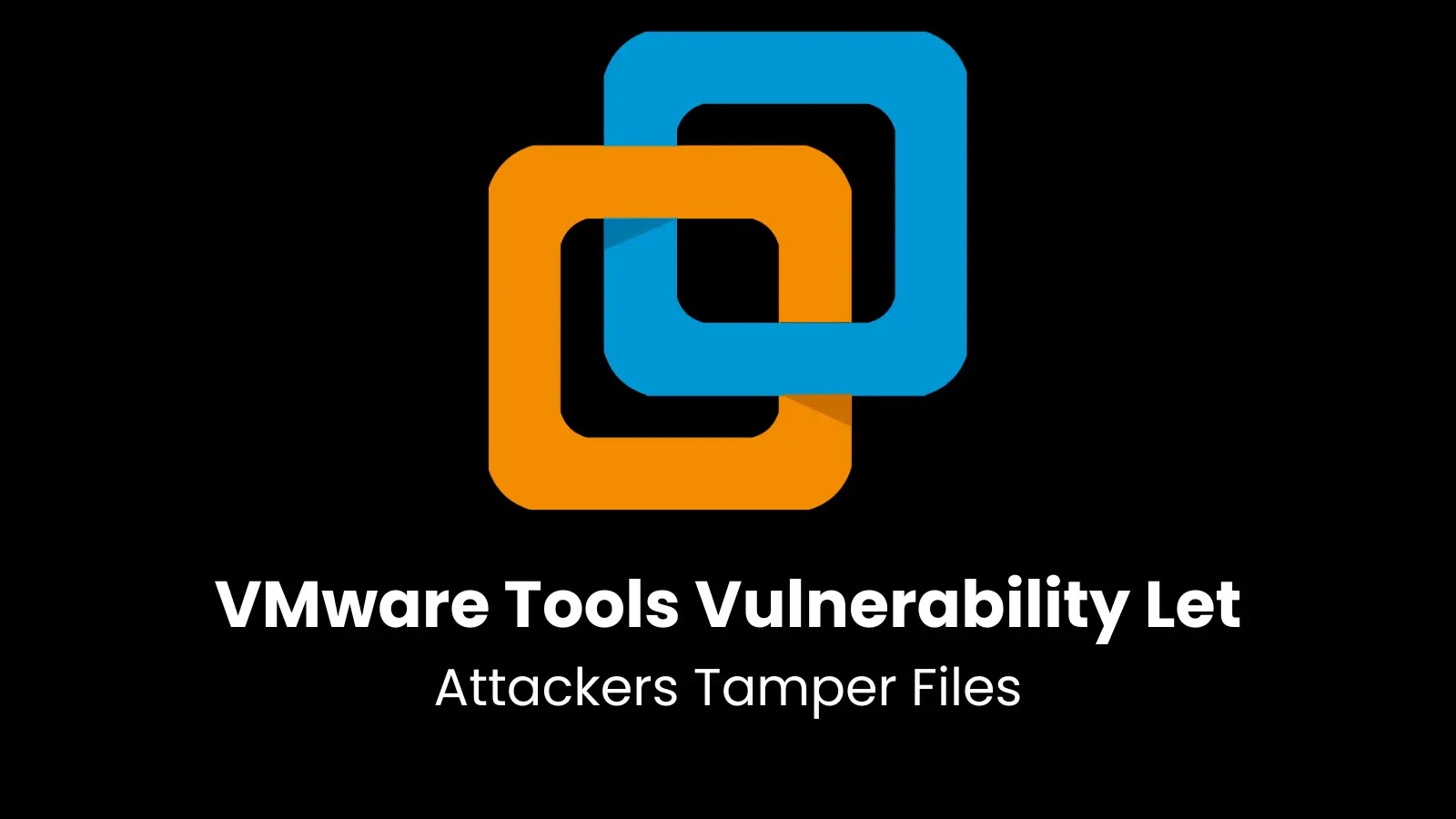The U.S. Cybersecurity and Infrastructure Security Agency (CISA) has officially included a critical security flaw affecting NAKIVO Backup & Replication software in its Known Exploited Vulnerabilities (KEV) catalog. The vulnerability, identified as CVE-2024-48248, has been actively exploited in real-world attacks, prompting urgent action by organizations worldwide to secure vulnerable installations and prevent potential breaches.
CVE-2024-48248 involves an absolute path traversal flaw affecting versions of NAKIVO Backup & Replication prior to version 10.11.3.86570. The vulnerability specifically lies in the software’s “/c/router” endpoint, which improperly validates user input, thereby allowing attackers to read arbitrary files stored on a compromised system. Exploiting this vulnerability does not require prior authentication, significantly amplifying the potential risk to affected organizations.
The potential impact of this vulnerability is severe. Attackers can utilize it to access highly sensitive system files, including credential stores, backup configurations, and system secrets such as “/etc/shadow,” a critical file that contains encrypted user passwords. Accessing such sensitive data can provide attackers with a foothold for deeper infiltration, facilitating lateral movement across networks and potentially leading to complete system compromise.
Initial disclosure occurred when cybersecurity researchers published a proof-of-concept (PoC) exploit demonstrating how easily threat actors could exploit this security gap. The revelation raised immediate alarms, emphasizing the urgency for affected organizations to act swiftly in securing their backup systems. Following this discovery, NAKIVO rapidly responded by releasing an updated software version—11.0.0.88174—which includes essential security patches mitigating the risk posed by this flaw.
The addition of CVE-2024-48248 to CISA’s KEV catalog highlights not only the vulnerability’s severity but also confirms active exploitation by malicious actors. CISA’s directive requires all Federal Civilian Executive Branch (FCEB) agencies to remediate this vulnerability by April 9, 2025, underscoring the criticality of immediate response actions. Although CISA’s mandate specifically targets federal entities, the advisory strongly encourages all private and public sector organizations utilizing vulnerable versions of NAKIVO software to implement patches immediately.
Organizations relying on NAKIVO Backup & Replication software must act proactively to avoid becoming targets. Security experts recommend immediate upgrading to the latest available software release (version 11.0.0.88174 or newer), which contains fixes addressing this particular path traversal vulnerability. In addition to software updates, security professionals emphasize the importance of reinforcing backup system security through rigorous access controls, multi-factor authentication (MFA), and stringent privilege management.
Furthermore, organizations should strengthen their cybersecurity posture by conducting regular vulnerability assessments, penetration tests, and security audits, particularly on critical backup systems. Active monitoring for unusual activity patterns, coupled with the deployment of robust intrusion detection and prevention systems, will significantly enhance the overall defense against exploits targeting backup solutions.
The broader cybersecurity landscape continues to witness attackers deliberately targeting backup and recovery solutions. Traditionally seen as secondary targets, backup systems have increasingly attracted threat actors due to their storage of sensitive organizational data, including system images, credentials, and disaster recovery information. A compromised backup system could lead to catastrophic data loss or ransomware infections that may render entire business operations inoperable. Thus, organizations must treat backup systems as essential components within their cybersecurity strategies, applying rigorous protective measures comparable to primary business-critical systems.
Increased vigilance is essential not only in patch management but also in organizational cybersecurity education. Continuous staff training on the latest threats, emphasizing vigilance against phishing and social engineering attacks, can significantly reduce risks associated with vulnerabilities like CVE-2024-48248. Establishing clear incident response plans and fostering a security-focused organizational culture further enhances resilience against cyber threats.
The rapid evolution of cyber threats demands a swift, coordinated response between software vendors, security researchers, government agencies, and end-user organizations. Sharing timely threat intelligence and actively participating in industry-wide cybersecurity initiatives can help organizations stay ahead of attackers, mitigating risks posed by newly discovered vulnerabilities.
In conclusion, the active exploitation of CVE-2024-48248 in NAKIVO Backup & Replication underscores the urgent need for immediate remediation and ongoing vigilance in vulnerability management practices. Organizations must prioritize applying critical security patches, enhance monitoring capabilities, enforce strict access controls, and embrace a proactive cybersecurity stance to protect valuable digital assets from increasingly sophisticated cyber threats.



